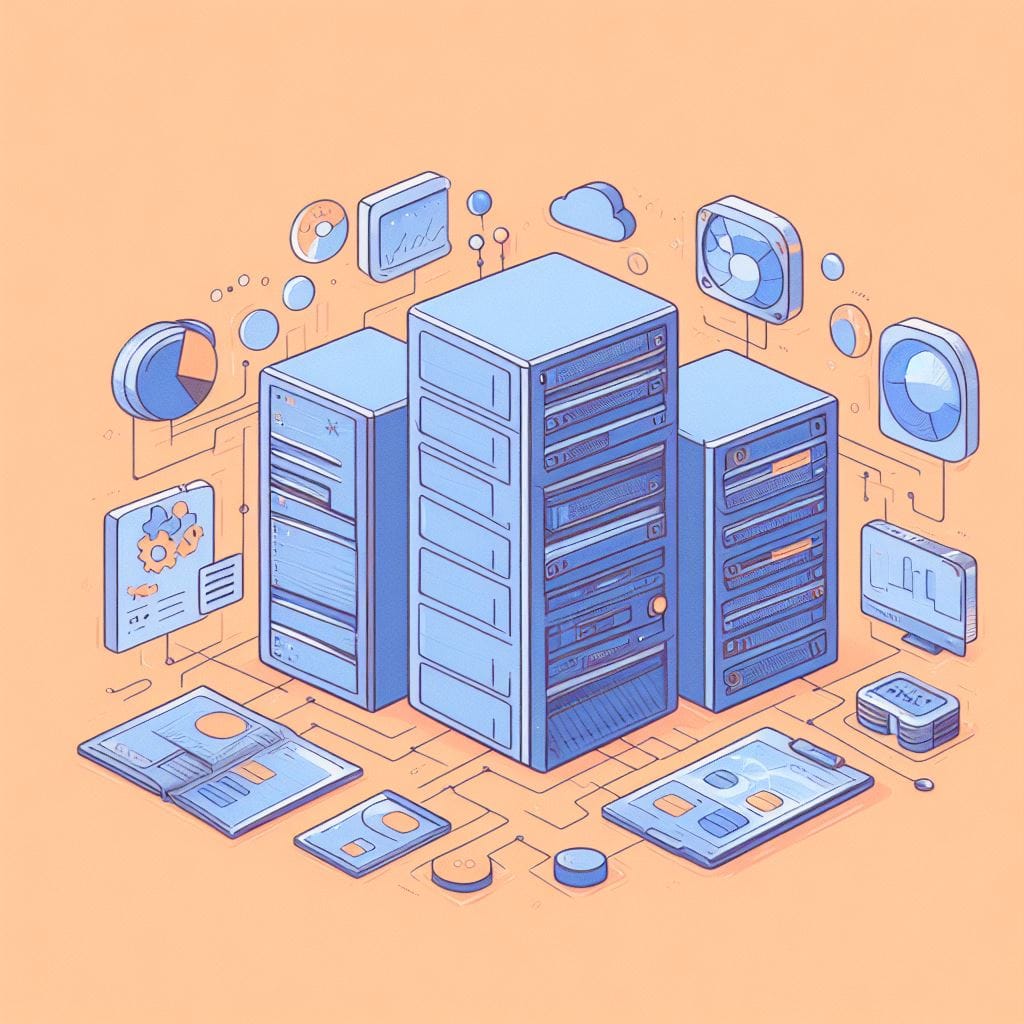Tips for Implementing Cloud-Based Learning Management Systems (LMS)

Implementing a Cloud-Based Learning Management System (LMS) can greatly enhance the efficiency and effectiveness of your organization's training and development programs. Here are some tips to consider when implementing a cloud-based LMS:
- Define Clear Objectives and Requirements:
- Begin by outlining your specific learning objectives and what you want to achieve with the LMS. This will help you choose the right features and functionalities.
- Select the Right LMS Platform:
- Research and evaluate different LMS providers to find one that aligns with your organization's needs, budget, and technical capabilities.
- Ensure Scalability and Flexibility:
- Choose a cloud-based LMS that can scale with your organization as it grows. It should be able to accommodate an increasing number of users and content.
- Consider User Experience (UX):
- Prioritize a user-friendly interface. This will make it easier for both administrators and learners to navigate the platform.
- Customization and Branding:
- Look for an LMS that allows you to customize the platform with your organization's branding, such as logos, colors, and themes.
- Content Creation and Management:
- Ensure the LMS supports various types of content (videos, documents, quizzes, etc.) and provides tools for easy content creation and management.
- Integration with Existing Systems:
- Ensure the LMS can integrate with your existing software, such as HR systems, CRM tools, or other learning tools, to facilitate data sharing and streamline processes.
- Data Security and Compliance:
- Verify that the LMS complies with data security and privacy regulations. It should have measures in place to protect sensitive information.
- Training and Support:
- Provide thorough training for administrators and users. Additionally, ensure there is a reliable support system in place to address any issues or questions.
- Mobile Compatibility:
- Ensure the LMS is mobile-friendly to accommodate learners who may access the platform on various devices.
- Analytics and Reporting:
- Look for an LMS that offers robust reporting and analytics features. This will allow you to track learner progress and assess the effectiveness of your training programs.
- Feedback and Evaluation:
- Collect feedback from both administrators and learners to continuously improve the LMS and the learning experience it provides.
- Regular Updates and Maintenance:
- Stay up-to-date with the latest updates and features offered by the LMS provider. Regular maintenance will ensure the system runs smoothly and securely.
- Pilot Testing:
- Before rolling out the LMS to the entire organization, conduct a pilot test with a small group of users to identify any potential issues or areas for improvement.
- Continuous Improvement:
- Regularly review and evaluate the effectiveness of the LMS. Make necessary adjustments based on feedback and evolving organizational needs.
Remember that implementing a cloud-based LMS is a significant undertaking, so careful planning, thorough research, and ongoing evaluation are crucial for a successful implementation.



